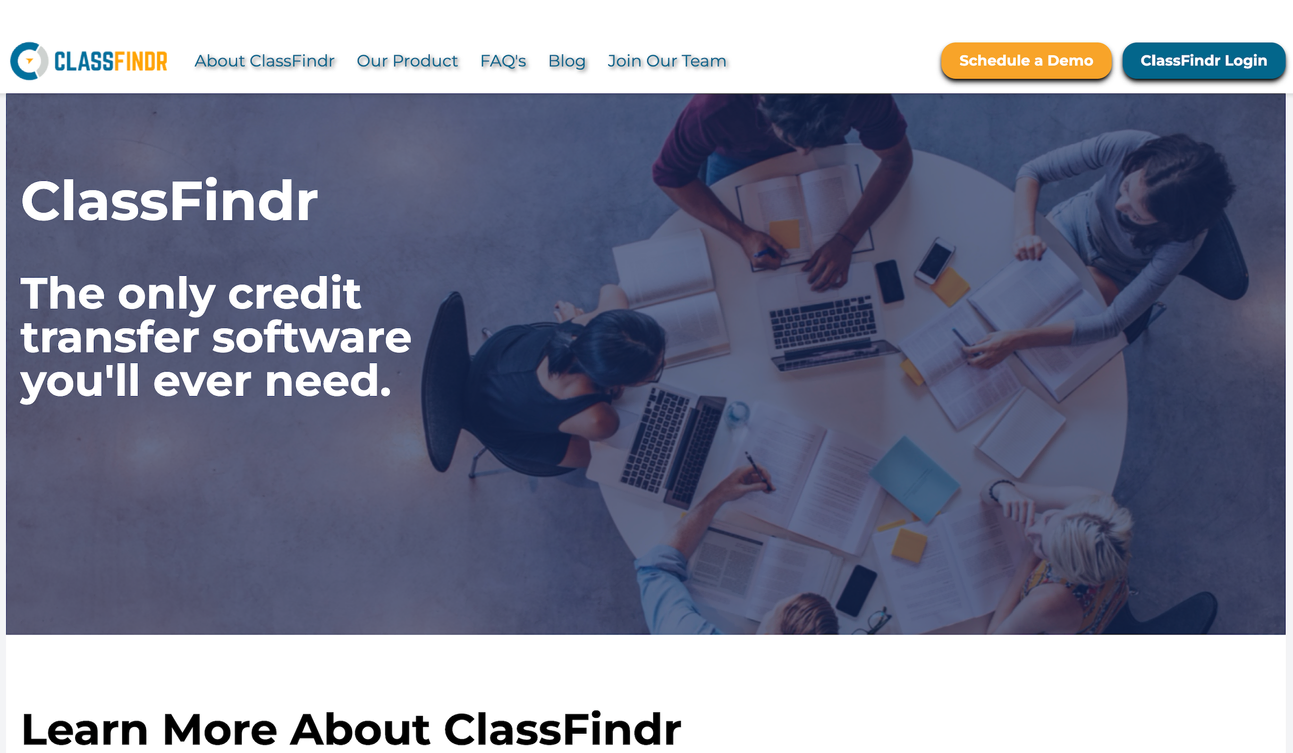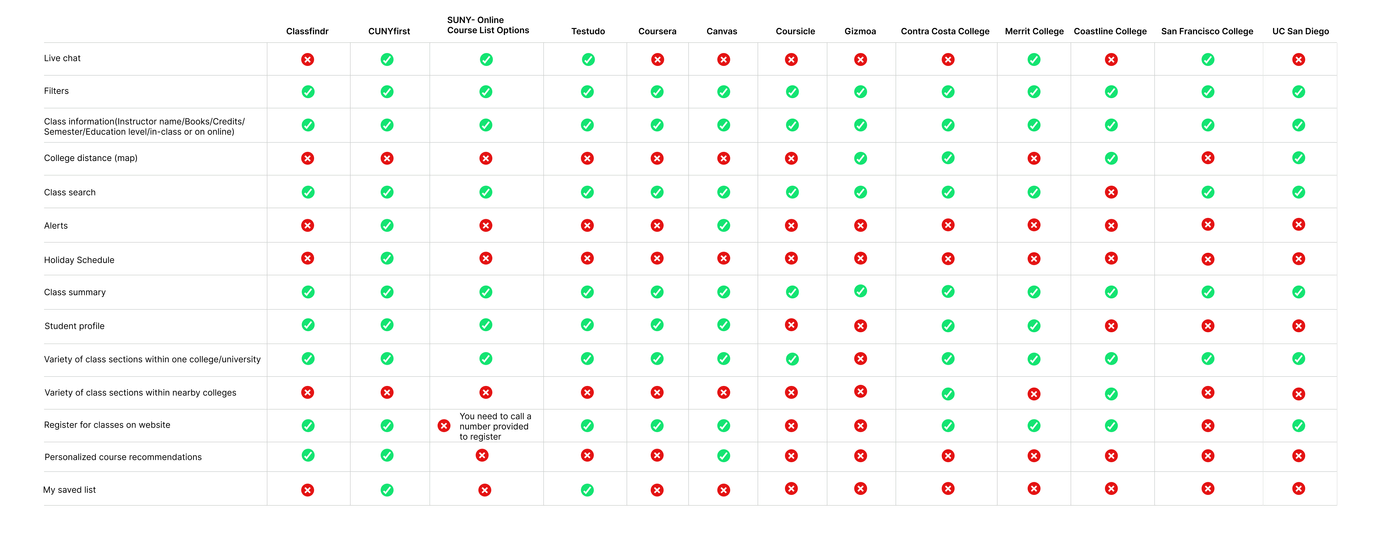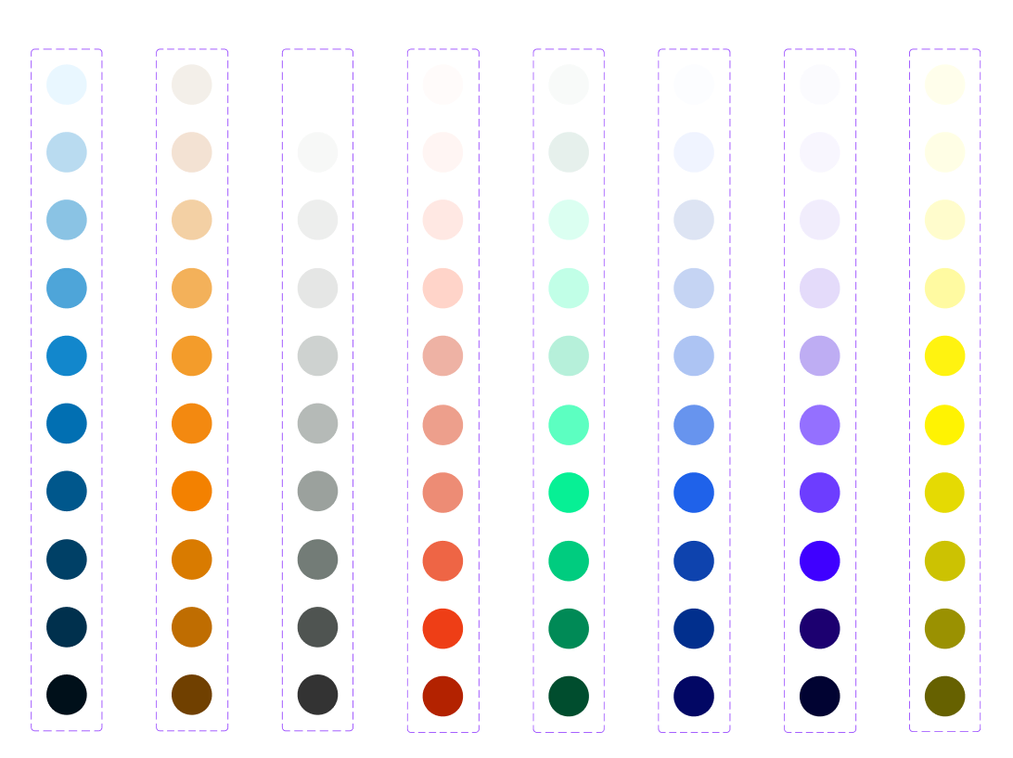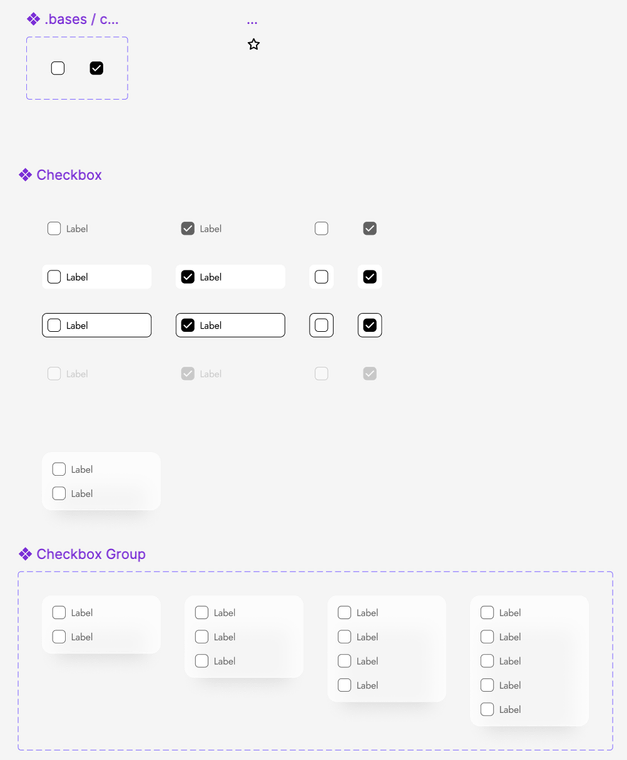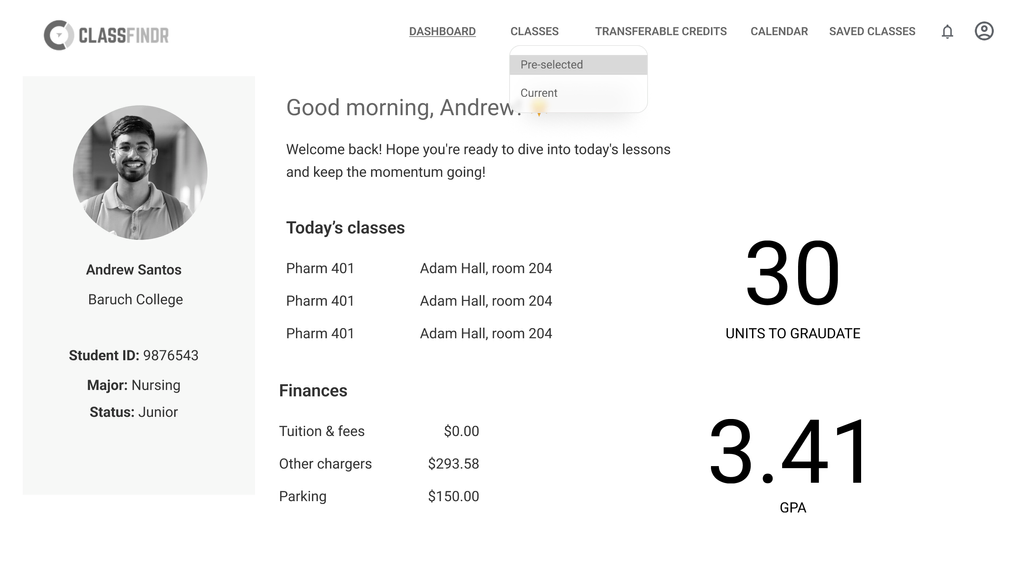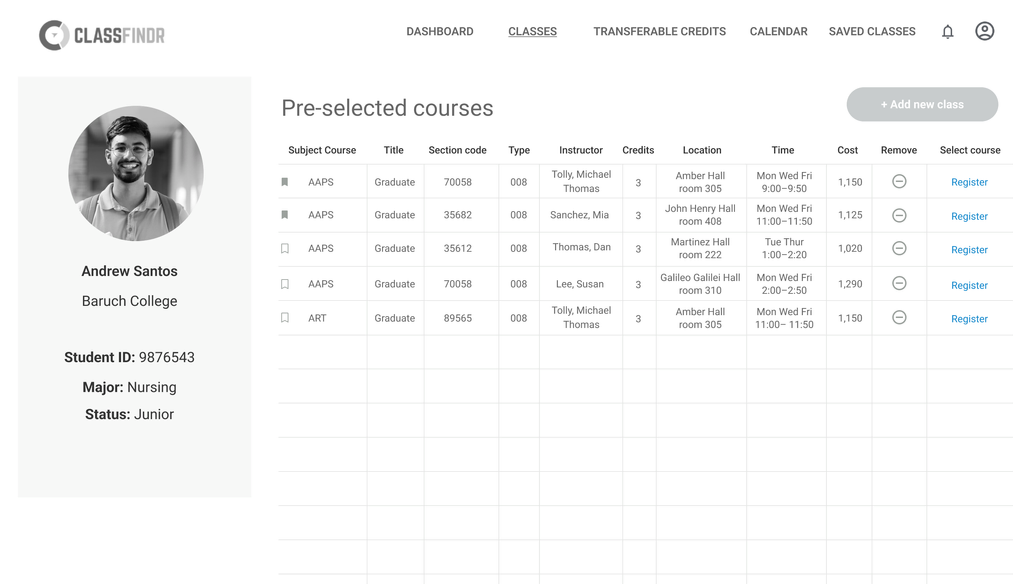ClassFindr
This case study showcases a three-week project completed during my UX Design bootcamp, where my team and I worked to enhance the functionality and user experience of an existing website, ClassFindr. ClassFindr's goald is to help students quickly locate and enroll in online courses offered by accredited universities when classes are unavailable at their own institutions. Our goal was to streamline the process for users to enroll in courses at other universities or colleges that offer the classes they need, ensuring the credits are transferable to their home institution. By conducting user interviews and usability testing, we gained valuable insights that guided our design decisions, ensuring the platform better meets the needs of its users.
Case Study Summary
🫡 My Role
UX Researcher
⏰ Timeline
3 weeks
Continuous Iteration
🧑🤝🧑 Team
1 UX Designer, 1 UX Researcher, 1 Project Lead
📝 Methods
Primary research, Secondary research, Competitive analysis, Screener survey, User interviews, Personas, Problem identification, Solutions design
Process
1
Research
2
Design
3
Final Design
4
Reflection
01 Research
Through extensive research on ClassFinder, we identified that the platform targets both university administrators and college students. We aimed to streamline the credit transfer process, making college registration easier for students.
Website Overview
Understanding College Registration
Our exploration of the college registration process revealed several insights:
Class Sizes: Universities often hold larger classes in lecture halls, leading to smaller sizes for major-specific courses.
Graduation Timeline: While some students graduate in four years, many require more time due to issues like credit transfer complications.
Student Challenges
We identified several key concerns faced by students during registration:
Limited class availability
Scheduling conflicts
Unclear prerequisite requirements
Lack of information on semester offerings
Prioritization of major classes over minor ones
Secondary Research
Conducting a competitive analysis highlighted gaps in ClassFinder’s offerings compared to similar platforms. We found the following missing features:
Live chat support
Information on college distances
Alerts and notifications
Holiday schedules
A "my saved list" feature
Competitive Analysis
Screener Survey
We created a screener survey to identify users aligning with our goals. Key findings from 25 respondents included:
Current Students: 68% of respondents were current students, while 32% were alumni.
Scheduling Conflicts: 84% reported having scheduling conflicts, with 32% having delayed graduation due to class conflicts.
User Interviews
From the survey, we selected 10 participants for interviews. Key insights included:
All participants had used a class registration platform and experienced issues such as:
Minimal filtering options
Excessive time required to build schedules
Inaccurate information displayed
Inability to see remaining major requirements
20% of participants had to delay their graduation due to scheduling issues
User Research
Survey Screener
User Interviews
Andrew
Profile: Junior studying Nursing at Baruch College.
Challenges: Graduation delayed due to unavailable required courses, leading to additional tuition costs.
Needs: Flexible course offerings, financial aid support, and improved course planning communication.
Sarah
Profile: Freshman Computer Science major at Lehman College.
Challenges: Facing unwanted classes to meet requirements and packed schedules due to class time conflicts.
Needs: Flexible scheduling, better communication about class availability, and alternative options from nearby colleges.
Personas
Problem: Students need a better way to schedule classes without time conflicts, ensuring they can stay on track for their planned graduation timeline.
Solution: ClassFinder is a software platform that provides students with pre-built, conflict-free schedules tailored to their major and academic year. Additionally, it offers alternative course options from nearby universities, ensuring transferable credits.
Problem/Solution
02 Design
Sitemap
Using a sitemap, we outlined the desired features for ClassFinder, focusing on the login tab.
Understanding our users’ needs even more so through conducting an affinity map, we were able to see that our users needed the following:
Pre-made schedules according to their student accounts
Class availability per semester at primary college
Location of other colleges
No conflicting class times
Show classes available in other schools
Show credits that will transfer
Affinity Map
We developed a user flow that allows users to add classes to their schedules, facilitating a seamless registration experience, and registering for courses at a different school that allows for transferrable credits.
User Flow
Component Library
We created a component library to maintain design consistency across the platform, including:
Button styles
Color schemes
Icons
Typography
We sketched initial ideas and created mid-fidelity prototypes. Key screens included:
1. User Dashboard: Displaying profile information, class schedules, and payment details.
2. Pre-made Schedule: Allowing users to customize suggested schedules.
Sketches/Mid-Fidelity
From the first round of user testing, we received valuable feedback:
The script needed alignment with user flow.
Tabs required user-friendly wording.
Class times needed to be visible on the dashboard.
Users preferred adding classes to a schedule rather than removing them.
Buttons should be easily clickable with a clear registration process.
Users wanted to see their newly created schedule at the end of the flow.
In the second round, feedback highlighted the need to:
Improve filters for class selection.
Include total credits required per semester.
User Testing
03 Final Design
04 Reflection
Based on testing feedback, we plan to explore:
A schedule creation option for users.
Completing high-fidelity user testing.
Refining class filtering interactions.


